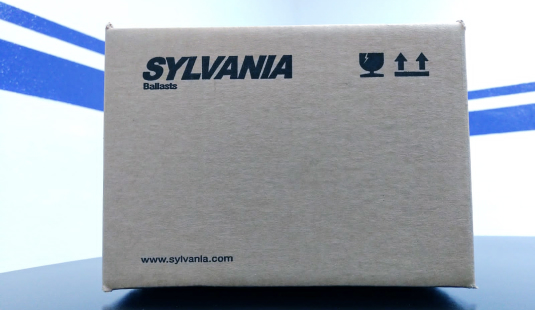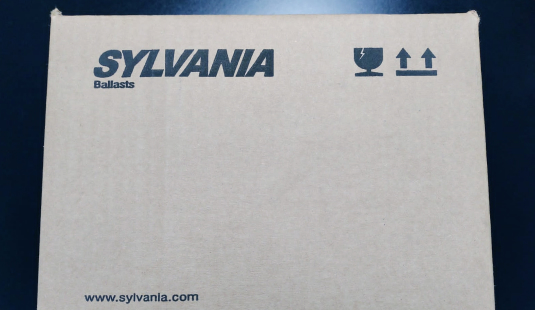

Fragile products are sensitive to shock, vibration, and temperature changes, making them susceptible to damage during shipping. Therefore, specialty packaging must be robust enough to protect products from impact and cushion them from shocks.
Fragile products come in many shapes and sizes, making it challenging to create a one-size-fits-all packaging solution.
Many fragile products contain dangerous materials that require special handling and packaging compliance with regulatory requirements.
Specialty packaging must be lightweight and compact to minimize shipping costs and reduce environmental impact. The packaging must also be easy to open and dispose of, minimizing waste and improving the customer experience.
Addressing these challenges requires careful consideration of materials, design, and regulatory compliance to ensure fragile products’ safe and efficient transportation through the supply chain.
ABP’s specialty packaging uses cushioning materials such as bubble wrap, foam, or corrugated inserts to protect the products from shocks and vibrations during shipping. We also use sturdy and durable materials that can withstand the rigors of transportation, including handling, stacking, and temperature fluctuations.
ABP customizes packaging solutions for the products’ size, shape, and weight, ensuring a secure fit and maximum protection. Our packaging complies with regulatory requirements, especially regarding hazardous materials, to ensure the safe transportation of products.
ABP also uses specialized labeling and handling instructions
to alert handlers and carriers of the fragility of the products. Our fragile packaging balances the need for protection with the cost and environmental impact of packaging to ensure a safe and efficient supply chain.



We custom-designed packaging solutions that account for each product’s dimensions and weight. Our designs use modular packaging components to fit different shapes and sizes of products.
ABP also uses adjustable packaging solutions, such as telescoping boxes and tubes, to fit different products. Another strategy is to use flexible packaging materials, such as bubble wrap or foam, that can conform to the shape of the product and provide cushioning and protection during transport.
Where possible, ABP uses standard packaging sizes and designs that accommodate a wide range of products, reducing the need for custom solutions. ABP’s packaging balances the need for protection with the cost and efficiency of packaging to ensure safe and reliable transportation of specialty products through the supply chain.




Our average engineer has over 15+ years of experience
We manufacture more than 80% of our products in-house
ABP uses specialized packaging materials and designs capable of containing hazardous materials, preventing leaks or spills during transport.
Our packaging uses UN-certified packaging, meeting international standards for hazardous materials transport. ABP labels hazardous materials and provides handling instructions for carriers and handlers to ensure safe and proper handling.
Ultimately, packaging companies dealing with hazardous materials in lighting products must work closely with regulatory agencies and customers to ensure compliance and safety throughout the supply chain.

To achieve this balance, we use lightweight materials such as corrugated cardboard, padded envelopes, or recycled paperboard that provide adequate protection while minimizing weight.
ABP also uses packaging designs that eliminate unnecessary material, such as designing packaging to fit the exact dimensions of the product, reducing the amount of excess material.
Where possible, we use alternative materials such as biodegradable or compostable packaging to reduce waste and environmental impact.
Ultimately, we consider the needs of our customers, regulatory requirements, and environmental impact when designing packaging solutions for specialty items that balance weight, waste reduction, and cost efficiency.

Our sustainable packaging practices aim to reduce waste, conserve resources, and minimize environmental harm throughout the entire life cycle of the packaging, from production to disposal. Our practices include the following:
Our sustainable packaging initiatives consider social and economic factors, such as fair labor practices, ethical sourcing, and economic viability.
By adopting sustainable packaging practices, packaging we contribute to a more sustainable future and meet the growing demand for environmentally responsible products from consumers and businesses alike.
Check out our Innovative engineering solutions for your industrial packaging needs

